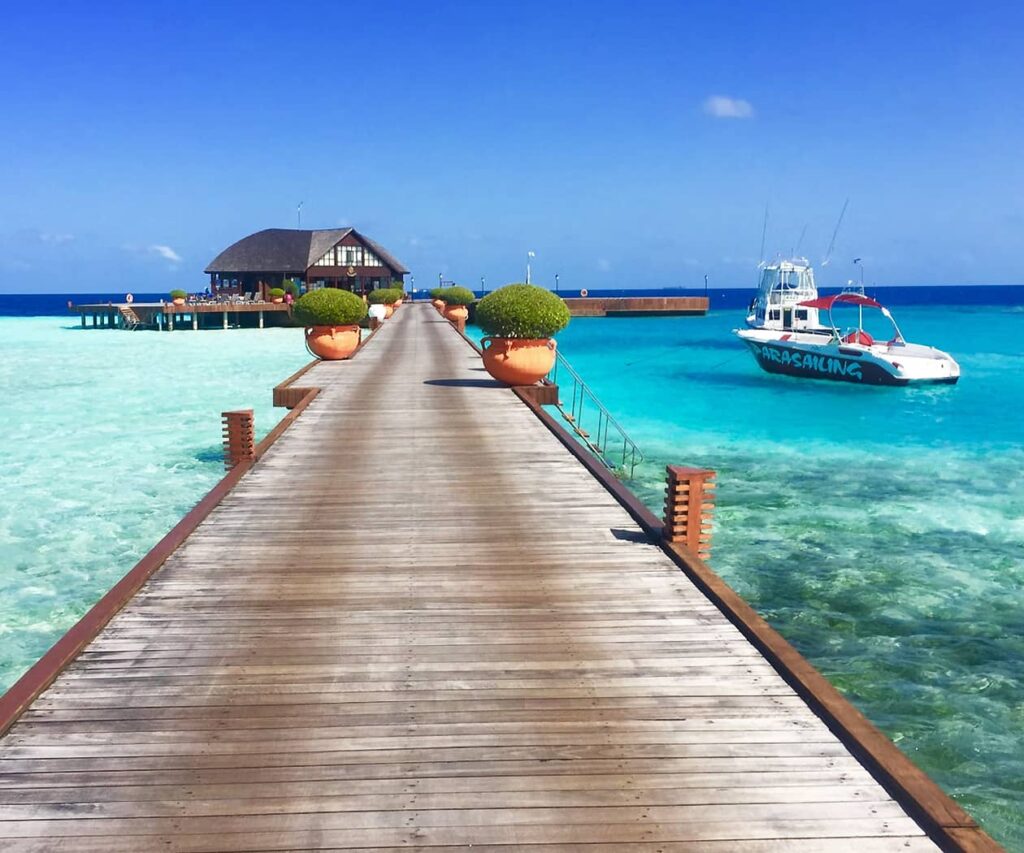
Discovering Cannabis in Ecuador: Laws, Culture, and Society
Ecuador, a country renowned for its diverse landscapes — from the Amazon rainforest to the Andes mountains — has a long and complex relationship with cannabis. While global trends toward legalization and medical use are influencing Latin America, Ecuador maintains a cautious approach. To “discover weed in Ecuador” means understanding the country’s legal framework, cultural attitudes, medical landscape, and ongoing public discussions.
1. Historical Context of Cannabis in Ecuador
Cannabis is not indigenous to Ecuador, but it has been present for centuries, introduced through trade routes and cultural exchanges. Historically, its use was limited to industrial hemp cultivation and occasional medicinal applications.
During the 20th century, Ecuador, like many other nations, adopted strict anti-drug policies under international pressure. Cannabis was criminalized, and enforcement was often strict, reflecting a broader war on drugs in Latin America. However, local use persisted, particularly among youth, artists, and counterculture groups, laying the foundation for more recent debates about reform.
2. Current Legal Status
Ecuador maintains a prohibitionist stance on cannabis, though with some leniency for personal use. The key points of Ecuadorian law include:
- Possession for Personal Use: Small amounts of cannabis (generally under 10 grams) are decriminalized. Offenders may face confiscation or fines rather than criminal prosecution.
- Cultivation: Growing cannabis plants, even for personal use, is illegal and can result in fines or imprisonment if considered above personal-use limits.
- Distribution and Trafficking: Selling, transporting, or distributing cannabis remains criminalized, with penalties ranging from years of imprisonment to substantial fines depending on the quantity.
While Ecuador’s laws allow some personal use, they prioritize public safety and law enforcement against organized trafficking, reflecting a cautious, regulatory approach rather than full liberalization.
3. Cultural Perceptions and Social Attitudes
Ecuadorian society is influenced by a mix of Indigenous traditions, Catholic values, and modern urban culture. Historically, cannabis use carried a stigma, often associated with crime or moral decline.
Over time, especially in urban areas like Quito, Guayaquil, and Cuenca, attitudes have become more tolerant. Younger generations, influenced by international trends, view cannabis as less harmful than alcohol or tobacco, and increasingly support medical legalization and regulated recreational use.
Despite this shift, conservative rural regions maintain skepticism, and public discussion often reflects tension between tradition and modern perspectives.
4. Medical Cannabis in Ecuador
Ecuador has taken cautious steps toward medical cannabis legalization. In 2019, the government approved the use of cannabis-based medicines for patients with qualifying medical conditions, such as:
- Chronic pain
- Epilepsy
- Cancer-related symptoms
- Multiple sclerosis
The Ministry of Public Health regulates the importation, prescription, and use of these medicines, ensuring quality control and patient safety. Ecuador also allows the use of CBD-based products with minimal THC content, offering therapeutic options without the psychoactive effects.
Medical cannabis has played an important role in changing public perceptions, highlighting the plant’s medicinal benefits while differentiating it from recreational use.
5. Cannabis and Tourism
Ecuador attracts millions of international tourists every year, drawn by its biodiversity and cultural heritage. Many visitors express curiosity about cannabis culture, especially in cities known for art, music, and nightlife.
Although recreational use remains illegal, authorities generally focus on large-scale trafficking rather than small personal use. Visitors should exercise caution: possession of small amounts may still result in fines or temporary detention. Cannabis tourism, as seen in some other Latin American countries, remains minimal due to legal restrictions, but growing medical access may indirectly influence interest.
6. The Black Market and Cannabis Access
Because recreational cannabis is illegal, most access outside the medical system occurs via the black market. While small-scale sales exist, Ecuadorian authorities regularly conduct raids on illegal cultivation and trafficking networks.
The unregulated market poses health risks: products may vary in potency, contain contaminants, or be adulterated. The government argues that legalization and regulation could improve safety, reduce criminal involvement, and ensure medical access.
7. Economic Potential
Medical cannabis presents an emerging economic opportunity for Ecuador. Licensed cultivation and production could support farmers in rural areas, diversify agriculture, and stimulate local economies.
Additionally, the growth of cannabis-based products — such as oils, edibles, and topicals — offers potential for research and exports, particularly to other Latin American markets exploring medical legalization. Ecuador’s climate and fertile land make it suitable for both industrial hemp and controlled cannabis cultivation.
8. Public Health and Harm Reduction
Ecuadorian authorities emphasize education and harm reduction. Awareness campaigns focus on:
- Preventing underage use
- Highlighting potential risks and responsible consumption
- Supporting addiction treatment and rehabilitation
The government has promoted research-based education rather than strict punitive measures for minor offenses, particularly for small-scale personal use.
9. Regional Context
Ecuador is part of a broader trend in Latin America toward cannabis reform. Neighboring countries have taken varied approaches:
- Colombia: Allows personal use and medical cannabis.
- Uruguay: Fully legalized recreational cannabis.
- Peru: Legalized medical cannabis.
- Brazil: Medical use legal, recreational use prohibited.
These developments create both pressure and examples for Ecuador to consider, particularly regarding medical access, regulation, and economic potential.
10. Future Perspectives
Ecuador is gradually moving toward a more nuanced cannabis policy. While recreational legalization is not on the immediate horizon, small-scale decriminalization, medical access, and CBD use reflect pragmatism and public health considerations.
Future policy could involve:
- Expanding medical cannabis programs
- Regulating cultivation for industrial hemp
- Considering controlled recreational access to reduce black market influence
- Promoting research and public education
The challenge lies in balancing public health, social norms, and economic opportunity in a culturally diverse country.
Conclusion: Understanding Cannabis in Ecuador
To “discover weed in Ecuador” today is to understand a society navigating cautious reform. Cannabis remains illegal for recreational purposes, but medical access, decriminalization of small amounts, and shifting cultural attitudes signal gradual change.
Ecuador demonstrates how a country can balance law enforcement, public health, and social tolerance while exploring economic and medical benefits. For locals and visitors alike, understanding cannabis in Ecuador requires awareness of laws, respect for cultural norms, and recognition of ongoing public discussions.
As Latin America continues to evolve in its approach to cannabis, Ecuador stands at a crossroads — balancing tradition, modernity, and opportunity in one of the continent’s most biodiverse and culturally rich nations.
Word count: ~1,030 words
I can also create an SEO-friendly version with keywords like “cannabis laws in Ecuador,” “medical marijuana Ecuador,” and “weed legalization in Ecuador” for better online visibility.

